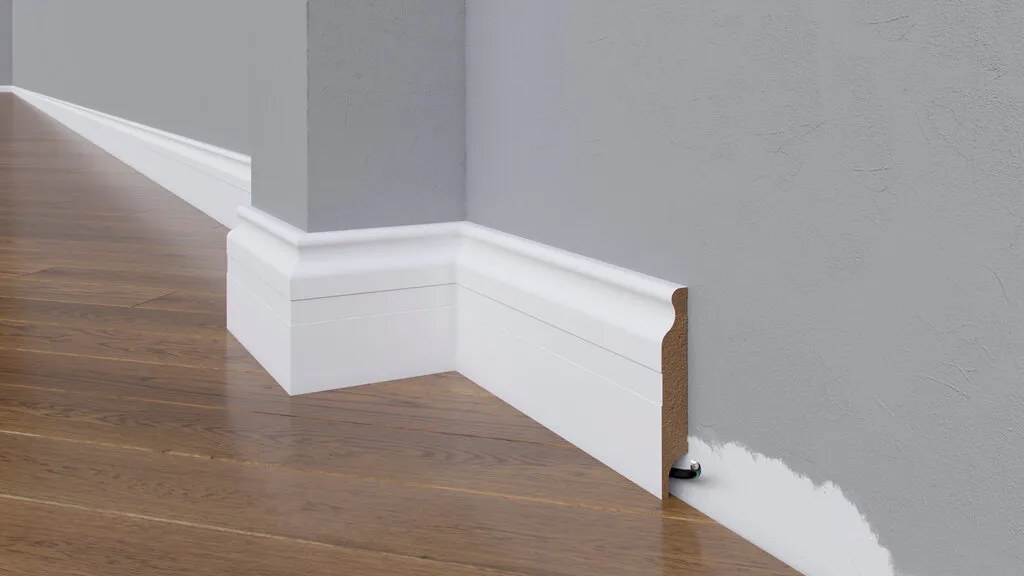Understanding SPC Percentage Significance in Flooring Applications and Its Impact on Performance
Understanding SPC Significance and Application in Flooring
The term SPC stands for Stone Plastic Composite, which has garnered significant attention in the flooring industry for its unique combination of qualities. As an innovative flooring solution, SPC offers remarkable benefits that cater to both residential and commercial needs. This article delves into the meaning and significance of SPC, focusing specifically on its application in flooring.
What is SPC?
SPC flooring consists of a multi-layer structure that includes a rigid core made from a mix of limestone and PVC, providing a stone-like feel with the flexibility and ease of installation akin to vinyl flooring. This design reduces the probability of warping and swelling, which is a common concern with traditional wooden flooring materials. The layers typically consist of a protective wear layer, a printed design layer (which gives the illusion of wood or stone), and the SPC core itself, culminating in a durable and visually appealing flooring option.
Key Benefits of SPC Flooring
1. Durability One of the most significant advantages of SPC flooring is its durability. The rigid core is resistant to scratches, dents, and stains, making it an excellent choice for high-traffic areas. Homeowners and business owners can benefit from a product that retains its aesthetic appeal over years of use.
2. Water Resistance SPC flooring is inherently water-resistant, which makes it ideal for moisture-prone areas such as bathrooms, kitchens, and basements. Unlike traditional hardwood, SPC won't warp or bend when exposed to water, offering peace of mind to those concerned about water damage.
spc meaning floor

3. Easy Installation Many SPC flooring options are designed for DIY installation. The click-lock technology allows for straightforward and quick assembly without the need for glue or nails. This feature not only saves time but also reduces labor costs for installations.
4. Comfort and Sound Absorption SPC flooring provides a comfortable walking surface due to its density and the underlayment typically associated with it. It also offers sound-absorbing qualities, making environments quieter, which is particularly beneficial in multi-story buildings or commercial spaces.
5. Aesthetic Versatility SPC flooring comes in a myriad of designs, colors, and textures that mimic natural wood and stone. This versatility allows homeowners and designers to find the perfect match for their decor and style preferences, contributing to interior aesthetics without compromising functionality.
Applications of SPC in Flooring
SPC flooring finds applications across a broad spectrum of settings. In residential environments, it is ideal for living rooms, dining areas, bedrooms, and kitchens, offering style without sacrificing practicality. In commercial spaces, such as offices, retail stores, and hospitality venues, SPC provides durability and elegance, withstanding heavy foot traffic while maintaining a professional appearance.
Conclusion
The rise of SPC flooring marks a significant development in the flooring industry, catering to the ongoing demand for durable, stylish, and practical flooring solutions. Its enhanced resilience to moisture and wear, combined with user-friendly installation methods and a vast range of designs, positions SPC as a frontrunner for those seeking quality flooring options. Understanding the significance of SPC in flooring can help homeowners and businesses make informed decisions that blend functionality with aesthetic value, ensuring that they invest wisely in their spaces.
-
Waterproof Advantages of SPC Flooring Vinyl in KitchensAug.06,2025
-
SPC Hybrid Waterproof Flooring Thickness GuideAug.06,2025
-
Leveling Subfloor Before My Floor SPC InstallAug.06,2025
-
How Mesh Deck Skirting Improves Outdoor Pest ControlAug.06,2025
-
Choosing the Right Commercial Flooring for Your Business NeedsAug.06,2025
-
Choosing the Best Residential Flooring: A Comprehensive Guide to Style, Durability, and ComfortAug.06,2025




